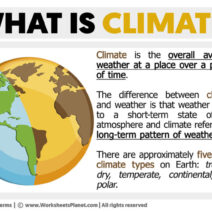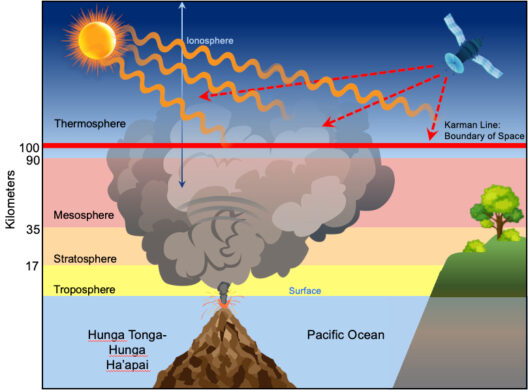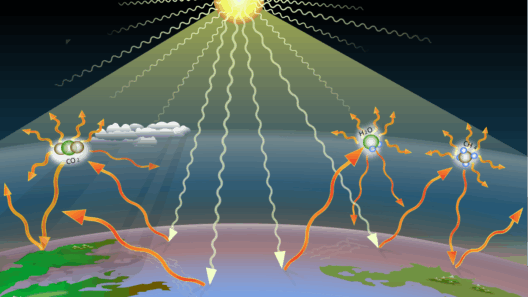Climate change poses one of the gravest challenges to our planet, and while the issue often appears insurmountable, individual action can play a critical role in mitigating its effects. Fighting climate change from home is not just a possibility, but an imperative. Our daily habits and lifestyle choices can significantly influence the environment. This discourse will delve into various strategies that enable individuals to contribute to the broader fight against climate change, focusing on energy consumption, waste reduction, dietary choices, water conservation, and community engagement.
Energy Consumption
One of the most impactful areas for fighting climate change is energy consumption. Homes are significant consumers of energy, typically sourced from fossil fuels, which release greenhouse gases into the atmosphere. Transitioning to renewable energy is an essential step. Homeowners can advocate for and invest in solar panels, which harness sunlight to generate electricity. Though the initial investment may be daunting, the long-term savings on energy bills and the environmental benefits are substantial.
Additionally, enhancing energy efficiency is paramount. Simple adjustments, such as replacing incandescent bulbs with energy-efficient LED lights, can greatly reduce energy use. Utilizing smart thermostats enables homeowners to optimize heating and cooling, thus conserving energy and reducing carbon footprints. Furthermore, proper insulation and energy-efficient appliances not only lessen energy consumption but also lead to financial savings over time.
Waste Reduction
The practice of waste reduction stands as another pillar in combating climate change. Landfills are significant sources of methane, a potent greenhouse gas. Therefore, reducing household waste is critical. A strategic approach to waste management involves embracing the principles of the 3Rs: Reduce, Reuse, and Recycle. Decluttering and eliminating unnecessary items not only lessen waste but also simplify living spaces.
Composting is an effective way to divert organic waste from landfills. By transforming food scraps into nutrient-rich compost, households can enrich their gardens while minimizing trash. Furthermore, purchasing in bulk and choosing products with minimal packaging can notably diminish plastic waste. Adopting second-hand shopping also supports waste reduction, maintains the lifecycle of products, and often reduces consumer expenditure.
Dietary Choices
Diet plays a crucial role in climate impact, as food production significantly contributes to greenhouse gas emissions. The agricultural sector accounts for a large portion of global emissions, particularly from livestock farming. Adopting a plant-based diet can considerably decrease an individual’s carbon footprint. Even small changes, like participating in Meatless Mondays or reducing meat consumption, can positively influence the environment.
Local and seasonal eating is another effective approach. By supporting local farmers, consumers reduce the carbon emissions associated with food transportation. Moreover, purchasing seasonal produce typically requires less energy for storage and cultivation. Implementing these dietary strategies not only fosters a sustainable food system but also promotes better health.
Water Conservation
Water use is often overlooked in discussions about climate change, yet it is intricately linked to energy consumption and resource sustainability. Conservation efforts can significantly reduce strain on water supplies and decrease the energy required for water heating and treatment. Simple measures such as fixing leaks, installing low-flow fixtures, and using water-efficient appliances can lead to substantial water savings.
Furthermore, rainwater harvesting presents an innovative way to utilize natural resources. By collecting and storing rainwater for landscaping or household use, families can minimize reliance on municipal water systems. This practice not only conserves water but also alleviates pressure on local infrastructures, an increasingly critical need as climate change exacerbates weather variability.
Community Engagement
While individual actions are pivotal, collective efforts amplify impact. Engaging with the community can foster a broader culture of sustainability. Local initiatives such as tree planting, community gardens, or clean-up drives mobilize groups towards a common goal. Volunteering with environmental organizations can also provide avenues for advocacy, education, and activism.
Promoting awareness is vital in this endeavor. Organizing workshops or discussions on sustainability practices can enlighten others about the significance of fighting climate change from home. Social media platforms serve as powerful tools for disseminating knowledge, sharing tips, and inspiring collective action. The synergy of an informed community can pave the way for more significant strides toward sustainability.
Concluding Thoughts
Ultimately, the fight against climate change beckons for a multifaceted approach that starts right at home. From shifting energy consumption patterns and minimizing waste to making conscious dietary choices and engaging with the community, individuals possess the capacity to foster substantial change. In recognizing that every small action contributes to a larger movement, we become empowered to create a sustainable future. As stewards of the environment, our individual choices resonate beyond the confines of our homes, leaving lasting imprints on the planet for generations to come.






